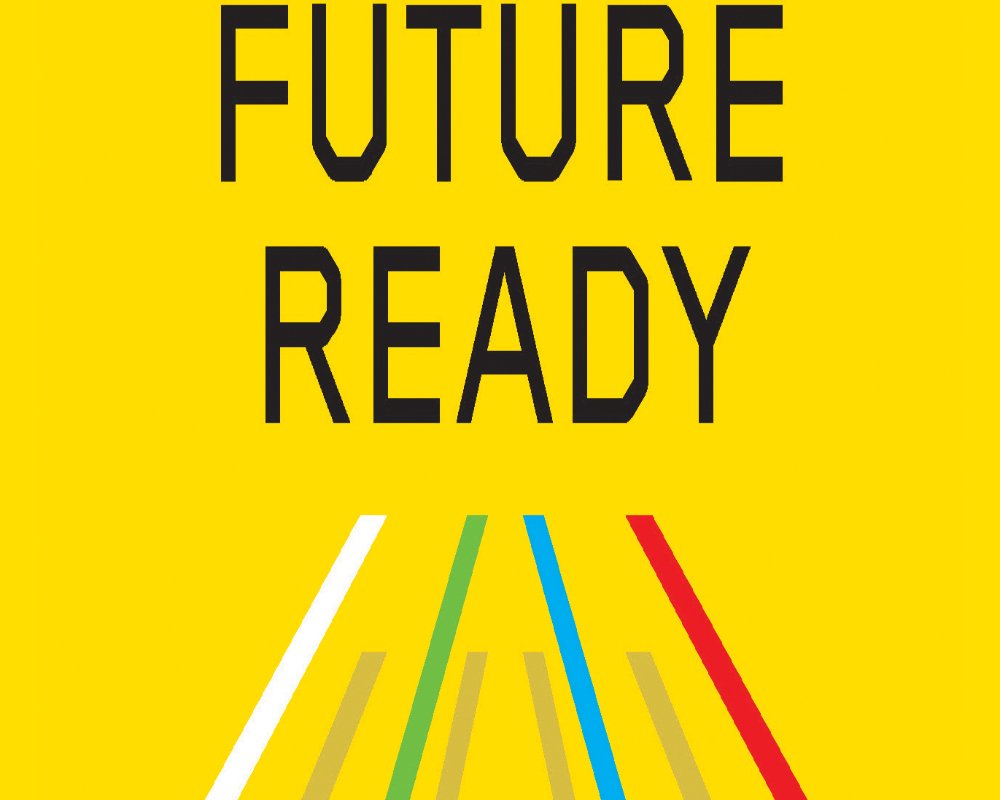Introduction
The landscape of commercial real estate development is evolving rapidly, driven by technological advancements, shifts in consumer behavior, and increasing concerns about sustainability. As commercial developments continue to face dynamic challenges, the need for future-ready development has never been more critical. Establishing clear goals for future-ready commercial development ensures that projects are not only relevant today but also capable of adapting to future trends and demands. This approach allows stakeholders to create spaces that are resilient, efficient, and aligned with the long-term vision of sustainable urban growth.
Adopting Technological Integration
One of the primary goals for future-ready commercial development is the integration of advanced technologies. These technologies can range from smart building systems that optimize energy usage to advanced communication networks that enable seamless connectivity. Future-ready buildings should be equipped with IoT devices, data analytics, and automation tools to ensure maximum efficiency and convenience for tenants and operators alike.
For example, integrating smart sensors in lighting, HVAC systems, and security can allow building owners to reduce energy consumption while providing real-time data for facility managers to optimize operations. Additionally, commercial developments should support high-speed internet access and cutting-edge technology infrastructure to cater to the demands of modern businesses, especially as remote work and hybrid office models become more prevalent.
Sustainability and Environmental Responsibility
Sustainability is increasingly a priority in commercial real estate development, and one of the most important goals for future-ready buildings is achieving environmental responsibility. Future commercial developments should be designed to reduce carbon footprints, optimize energy efficiency, and utilize sustainable materials. Buildings should meet or exceed standards such as LEED (Leadership in Energy and Environmental Design) and other green building certifications that promote sustainability.
Another key aspect is the integration of renewable energy sources, such as solar panels, wind turbines, or energy-efficient HVAC systems, to reduce reliance on non-renewable resources. Future-ready commercial developments should also focus on water conservation systems, waste management, and using materials that have minimal environmental impact throughout their lifecycle.
Flexible and Adaptive Space Usage
The future of commercial development must embrace flexibility in the use of space. With the changing dynamics of work, retail, and entertainment, the demand for adaptable spaces that can evolve over time is crucial. Whether it’s the shift towards hybrid working environments, the growing need for e-commerce fulfillment centers, or the continued rise of experiential retail, commercial developments must be designed with flexibility in mind.
Buildings should feature open floor plans, modular partitions, and spaces that can easily be repurposed to accommodate various uses. For instance, a commercial office space today may evolve into a retail or mixed-use space in the future, depending on market demand. Such flexibility ensures that properties remain valuable and relevant, even as tenant needs shift.
Resiliency and Risk Management
Future-ready commercial developments must prioritize resiliency and risk management. This includes designing buildings and infrastructure that can withstand natural disasters, extreme weather events, and unforeseen challenges like pandemics or economic downturns. As the frequency and intensity of extreme weather events increase due to climate change, it becomes essential to invest in disaster-resistant building materials and flood prevention measures.
Moreover, the ability to adapt to unforeseen changes, such as economic shifts or shifts in market demand, is crucial. Developers should establish contingency plans that allow for quick modifications to the building or its usage, ensuring that it remains valuable regardless of the external circumstances.
Promoting Well-being and Health-Focused Design
In recent years, the focus on health and wellness has become central to the design of commercial spaces. In the context of future-ready commercial development, it is important to create spaces that prioritize the well-being of tenants, workers, and visitors. This involves incorporating elements such as better air quality, natural light, green spaces, and amenities that promote physical and mental health.
Buildings can be designed with open spaces, outdoor areas, and wellness rooms to support healthier lifestyles. Additionally, the integration of biophilic design elements, which bring nature into the built environment, has been shown to reduce stress and enhance productivity. Creating spaces that prioritize health and well-being will ensure that commercial developments remain attractive to tenants and employees alike.
Connectivity and Accessibility
In the era of digital transformation, connectivity is a fundamental goal for future-ready commercial developments. This goes beyond providing fast internet access; it involves ensuring that buildings are well-connected to transportation networks, public services, and the broader urban ecosystem. Easy access to public transportation, bicycle paths, and electric vehicle charging stations can increase the appeal of a commercial development to both tenants and visitors.
Additionally, buildings should be designed to accommodate a wide range of accessibility needs, including those of people with disabilities. This may involve ensuring wheelchair access, voice-activated systems, and other assistive technologies that make the space more inclusive for everyone.
Building Community and Social Responsibility
Another important goal for future-ready commercial development is the creation of spaces that foster community engagement and social responsibility. Commercial developments should be designed to not only serve the immediate needs of businesses but also enhance the broader community. This can involve integrating public spaces such as parks, community centers, and public art installations into the development.
Furthermore, developers should consider the social and cultural impact of their projects. By aligning their developments with social responsibility initiatives, such as affordable housing or support for local businesses, developers can contribute to the overall well-being of the community and help build a stronger, more inclusive society.
Conclusion
Establishing goals for future-ready commercial development requires a forward-thinking approach that anticipates changing market conditions, technological advancements, and environmental concerns. By focusing on flexibility, sustainability, health, connectivity, and community, developers can create commercial spaces that meet the evolving needs of tenants, employees, and society. These goals not only ensure the long-term success of the development but also contribute to the broader vision of creating sustainable, resilient, and vibrant urban environments. As the commercial real estate landscape continues to change, setting these goals will help developers stay ahead of the curve and create spaces that are truly future-ready.
Hashtags
#FutureReady #CommercialDevelopment #GoalSetting #BusinessGrowth #SustainableDevelopment #Innovation #StrategicPlanning #UrbanDevelopment #SmartCities #EconomicDevelopment #RealEstateGoals #Vision2025 #CommunityEngagement #InvestmentOpportunities #Entrepreneurship #MarketTrends #Leadership #Collaboration #SuccessMindset #FutureOfBusiness


